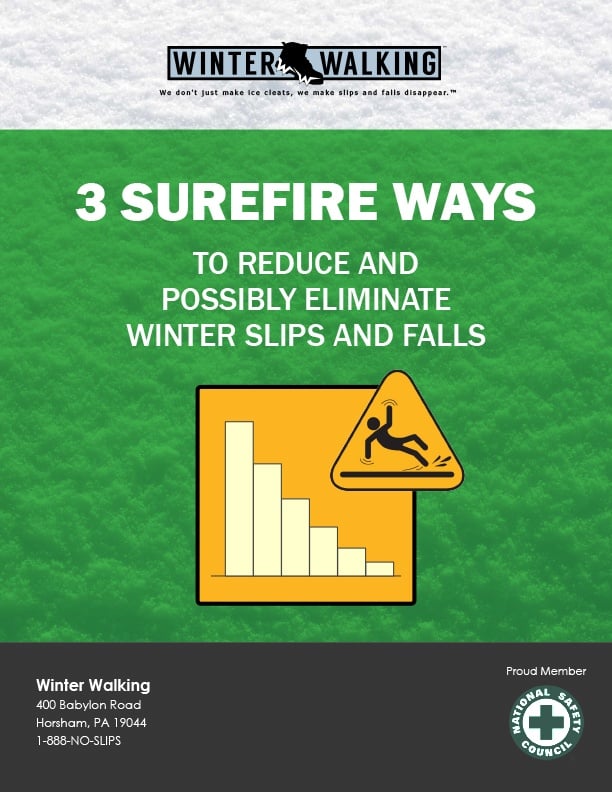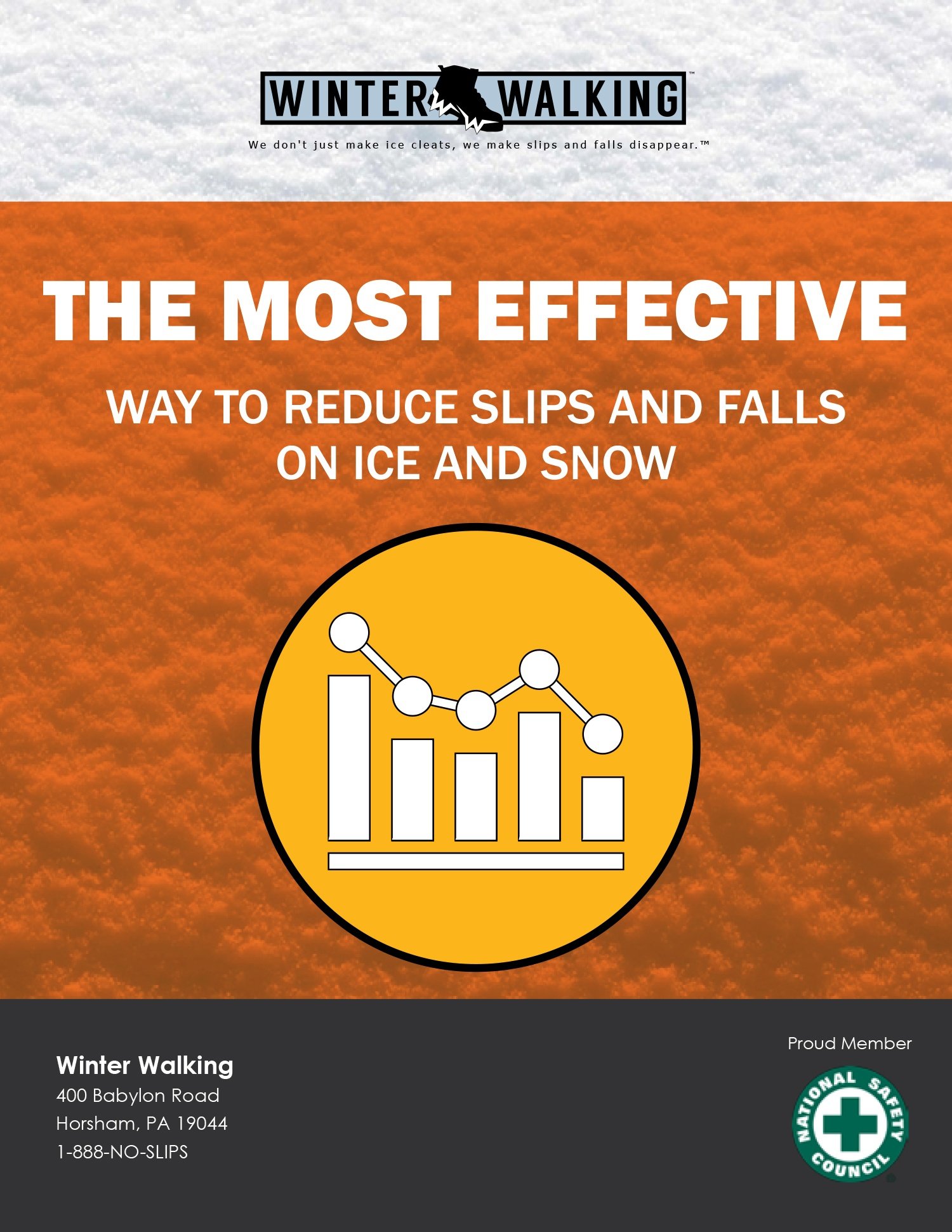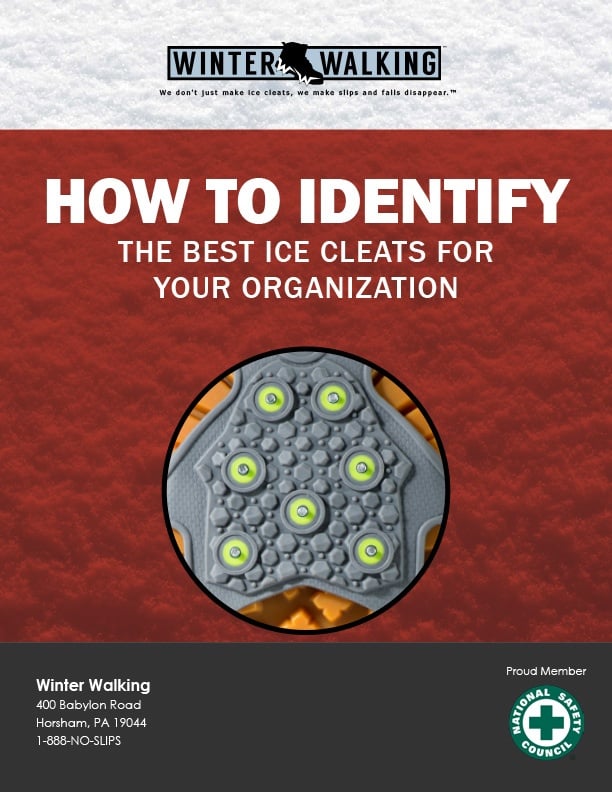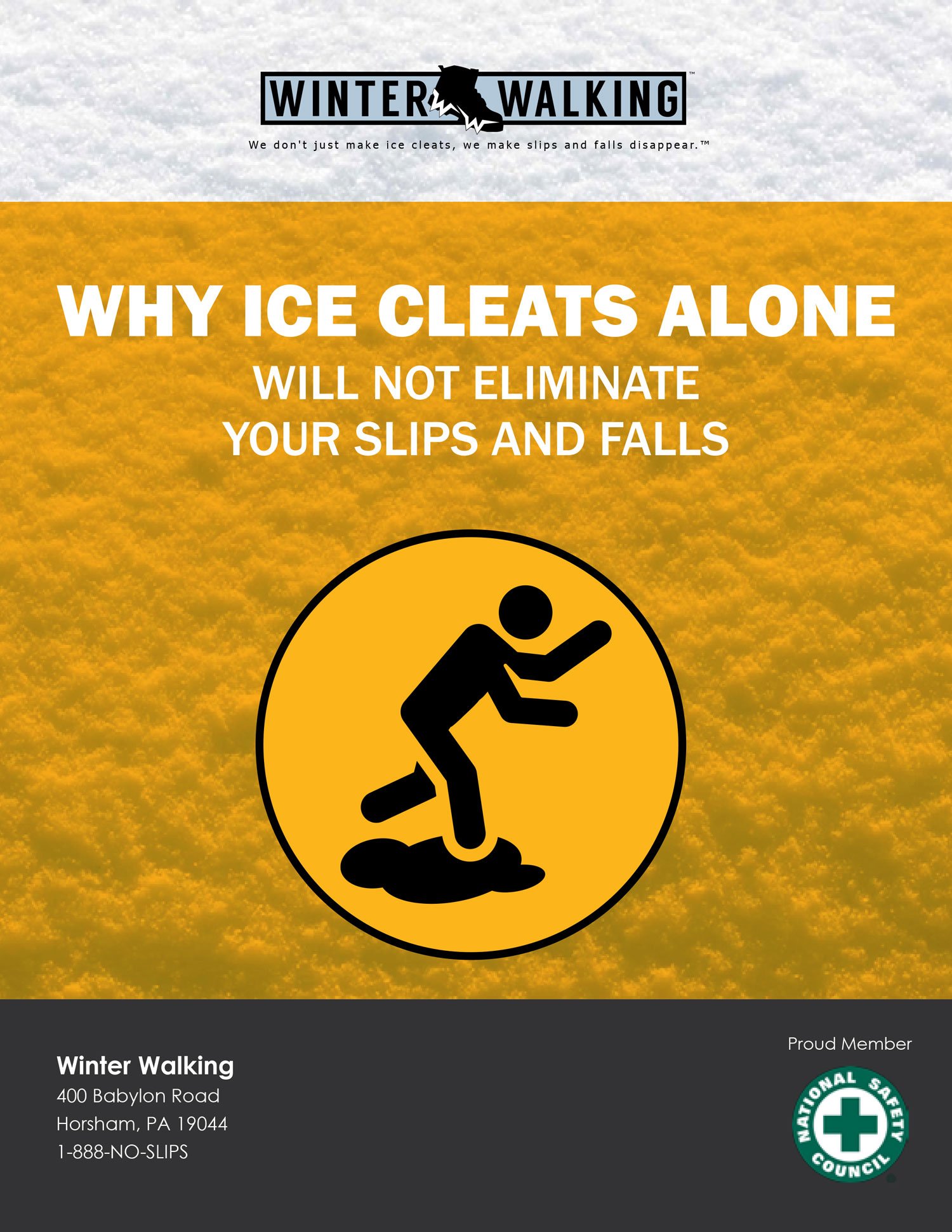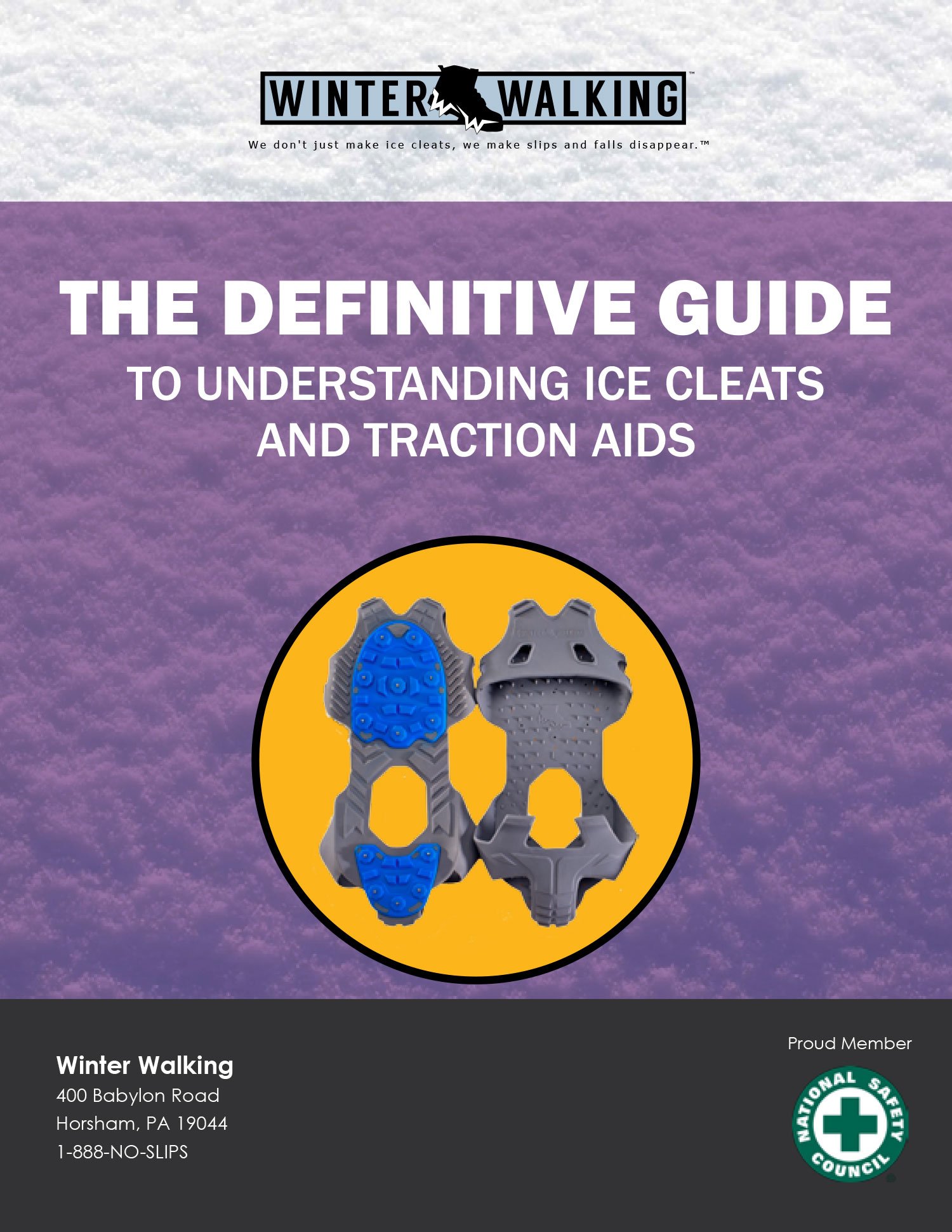A modern look at equipment design, and inclusive protection
Women are joining industrial and field based roles in greater numbers than ever before. From construction and utilities to warehousing, transportation, and field service, the workforce is becoming more diverse and more skilled. As this shift continues, one area that has not kept pace is winter safety.
Winter hazards do not impact everyone equally. When PPE, footwear, and safety policies are built around a male dominated workforce, women are left with equipment that fits poorly, performs inconsistently, and increases their risk of injury. A modern workforce requires a modern approach to winter protection.
Over the past decade, women have steadily increased their presence in:
- Construction trades
- Manufacturing lines
- Logistics and warehousing
- Public utilities
- Transportation and delivery
- Maintenance and field service routes
This growth is positive, but it also highlights a gap. Many safety programs were built at a time when these roles were almost exclusively held by men. The result is PPE and policies that unintentionally overlook the needs of a changing workforce.
Where winter safety programs fall behind
Several common issues show up in winter environments:
1 - PPE designed with male proportions as the default
Even when PPE is offered in smaller sizes, the shape, proportions, and cut often do not match women’s bodies. This results in:
- Loose, oversized jackets
- Boots that do not offer proper ankle support
- Gloves that reduce dexterity
- Traction devices that don’t fit smaller footwear
Poor fit is not just a comfort problem. It is a safety problem.
2 - Limited availability of women specific sizing
Many companies still stock gear in unisex or men’s sizes only. When women cannot get a precise fit, the risk of slips and falls increases dramatically in winter.
3 - Outdated training and imagery
Safety training often uses photos, examples, and language that do not reflect the women working on site. This affects engagement and the practicality of guidance.
4 - Lack of data
Incident tracking rarely includes gender breakdowns. Without this information, employers cannot see patterns or pinpoint risks unique to women.
Representation matters in equipment design
As more women join industrial and field roles, equipment design must evolve to include:
- Boots shaped for women’s feet
- Traction aids that secure properly to smaller or narrower footwear
- Gloves sized for a full range of hand sizes
- Clothing and outerwear designed for comfort, movement, and warmth without unnecessary bulk
How employers can modernize their winter safety programs
1- Require women’s sizing when ordering PPE and footwear
Move beyond unisex sizing. Proper fit significantly reduces winter related injury risk.
2 - Include women in PPE trials and vendor evaluations
Real world testing ensures the gear works for every worker, not just the average male profile.
3 - Review winter training materials
Use inclusive images and examples. Address common routes women take, such as parking lots or building transitions.
4 - Analyze incident data with gender in mind
Look for patterns in slips, near misses, or specific work areas.
5- Ensure traction solutions fit all footwear
One size fits most does not work for a modern workforce. Employers should provide traction aids that stay secure on all boot sizes and shapes.
The business case for inclusive winter safety
Beyond reducing injuries, inclusive winter safety programs deliver measurable value:
- Lower workers compensation claims
- Increased PPE compliance
- Better employee morale and retention
- Stronger reputation as an employer of choice
- Higher productivity due to fewer weather related disruptions
Final thoughts
Women are a vital and growing part of the industrial workforce. Their safety needs deserve attention, investment, and thoughtful design. Winter conditions amplify the consequences of poor fit and outdated equipment, making it essential for companies to evolve their gear, policies, and training.
By modernizing winter safety programs, employers create a more inclusive workplace where every worker can perform confidently and safely, no matter the weather.



